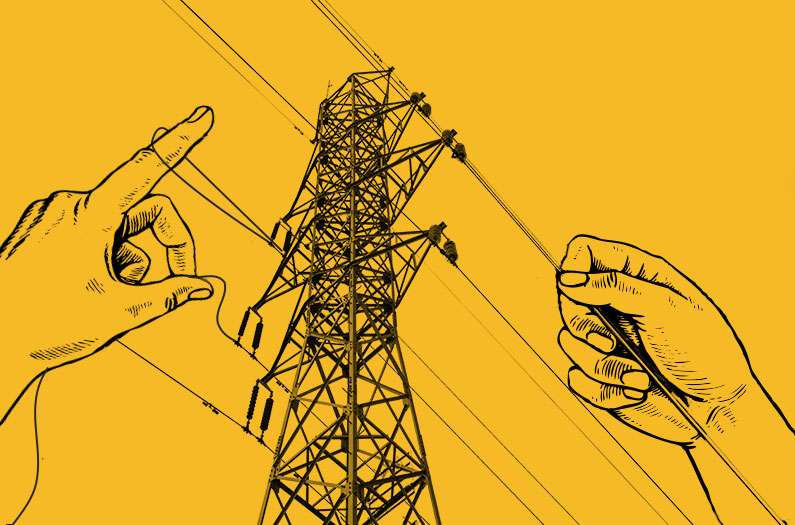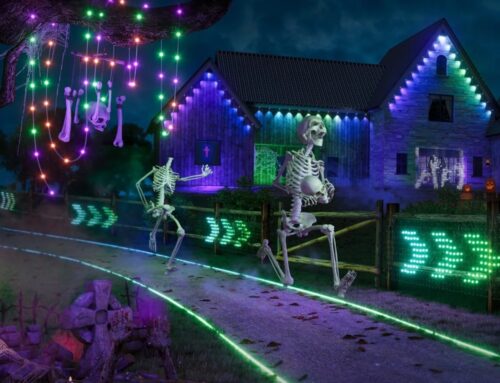Will renewables break the power grid or save it?
March 3, 2024

2. Slicing up the grid. When a few natural gas power plants in Texas unexpectedly froze due to icy weather in 2021, millions of homes were without power for days and hundreds of people died. Such extreme weather events will become more frequent in the years ahead. But if a region uses many distributed solar, wind or other renewable generators instead, utilities can split the grid into partitions that can function independently—a technique called sectionalization. Sectionalization not only adds resilience and reliability, it can also improve efficiency and cybersecurity, and lower electricity prices for consumers.
3. Virtual power plants rather than real carbon. Electrification non-profit Rewiring America is bullish on the concept of virtual power plants—a collection of distributed energy resources that can feed power back into the grid when demand is high. A lot of the buzz is about using electric vehicle batteries, with a Nature paper last year from Dutch scientists predicting that EVs alone could satisfy short-term storage needs by 2030. Heat pumps, water heaters and smart thermostats could also contribute, with the help of AI. Rewiring America notes that virtual power plants can add capacity at around half the cost of gas plants and grid-scale batteries.
• • •
What To Keep An Eye On
1. Transcontinental grids. If you want cheap, green electricity, think really big, suggests a new report. Connecting electricity grids not just between states and countries but between continents could cut prices by up to 50% by balancing the supply and demand for renewable power worldwide.
2. Wireless power transmission. It sounds like science fiction, but beaming power wirelessly over long distances dates back to Nikola Tesla in the late 19th century. A modern spin on the idea comes from New Zealand start-up Emrod, which is developing a system for connecting remote wind farms to the grid without physical lines and even beaming power down from orbiting solar satellites.
3. Green vs gray in DC. House Democrats and Republicans have different ideas of energy reform, reports The Hill. Republicans are seeking to make it easier to drill for oil and gas, and to repeal incentives for renewables. Democrats would like to pre-approve routes for transmission lines and give projects a 30% tax credit. At stake are future regional interregional projects that could boost renewables and cut prices.
Search
RECENT PRESS RELEASES
Related Post




